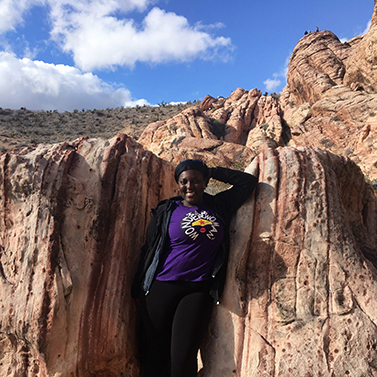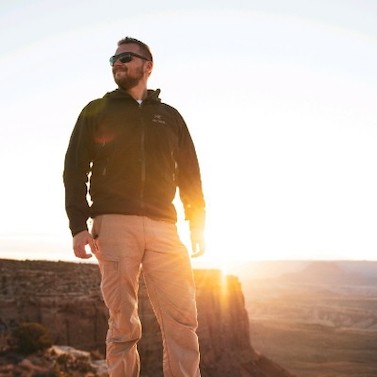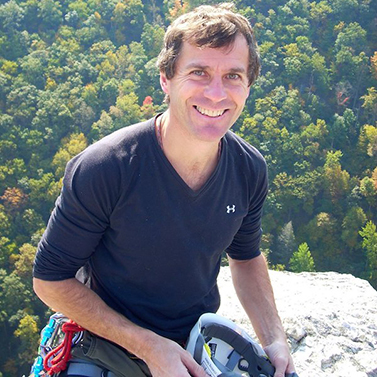As COVID goes away, how are you re-engaging with your preferred outdoor activity?
Keen on getting back to nature, enthusiasts offer some suggestions on how to balance resuming your favorite outdoor activities and while playing it safe.
Explore Attractions Closer to Home for Now
As a travel blogger and beach aficionado, the pandemic really took a toll on the activities we outdoors adventurers loved. Because of this, I want to take advantage of the fact that things are slowly starting to revert back to how they were.
To re-engage myself with the outdoors and explore, I plan to partake in a lot of camping this spring and summer. I want to book campsites close to home, but also in other states. I am still not quite ready to jump on a plane and go to other countries, but I feel safe and excited to explore my country and the little attractions each city has to offer. This will at least satisfy my need for the outside and adventure until I travel again.
Three Ways to Enjoy Outdoor Activities Post-Covid
More people are going out of their homes as COVID infections go down. As the outdoorsy type, I am ecstatic. But as a survivalist, I’m still very careful. Here’s how I’m re-engaging with outdoor activities these days:
Keep Your Distance
Being able to finally go out after a long time of being stuck at home is pretty exciting. But as nice as it is to meet other people and participate in outdoor activities, it’s also important to keep your distance. If you are going out with family members who live in the same household as you, it’s okay to stay close to each other. But if you’re going out with people living in a different area, it’s best to maintain a minimum distance of four feet.
Plan Out Your Activities
We can never be too careful during these times, so it’s best to plan your outings carefully. Whether you’re going on a run at the park or meeting friends at a bar, consider the locations that tend to get crowded and at what times. As much as possible, avoid going to crowded places and try to meet up at times where there are fewer people in the area.
Stay Proactive
Prevention is better than cure, so never be complacent. If running or cycling, choose your routes to avoid high traffic areas. Practice being mindful about the surfaces you touch. Wash or clean your hands regularly. When eating out, it’s best to bring your water bottle or utensils to avoid contact.
Avoid Crowded Places and Observe Social Distancing
My preferred outdoor activity is running and hanging out at parks. I’m re-engaging by, most importantly, prioritizing my safety and that of other people. That is by avoiding crowds, poorly ventilated events, and observing social distance or wearing a mask around people I don’t live with, especially when enjoying parks and taking idle strolls outside. The aim is to enjoy safely; thus, I’ve gotten the vaccine jab, and maintain high hygiene levels such as always carrying a hand sanitizer, checking my temperature, and getting tested to avoid unknowingly spreading the virus.
Indoor Rock Climbing in Colder Weather
Now that restrictions are easing up, I’ve found myself re-engaging with my love for rock climbing. When the weather was warmer, I was back to climbing outside, but until it warms up again, I’ll be climbing at the gym. It’s a great way to build strength and endorphins!
This is a crowdsourced article. Contributors are not necessarily affiliated with this website and their statements do not necessarily reflect the opinion of this website, other people, businesses, or other contributors.















































